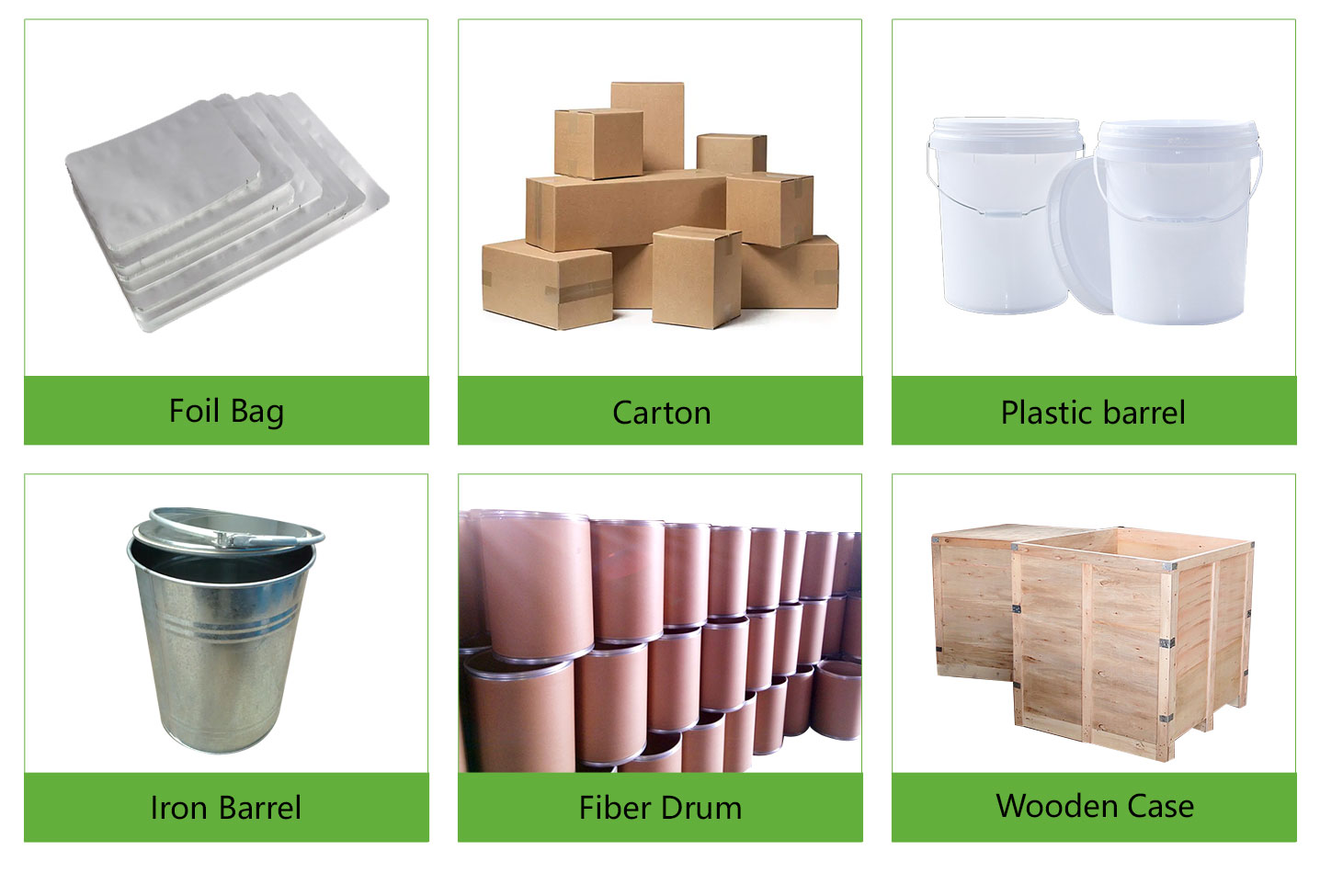What is 3D Printing Inconel 625 Powder?
Inconel 625 is a high-performance nickel-based superalloy known for its high level of strength, high temperature and corrosion resistance.
Alloy 625 consists mainly of nickel (at least 58%), followed by chromium, molybdenum, niobium, iron, tantalum, cobalt, and trace amounts of manganese, silicon, aluminum, and titanium. Nickel alloy 625 can withstand high pressures and a wide range of temperatures.
Inconel 625 melting point is about 1300°C, and inconel 625 thermal expansion coefficient is 1.28 × 10-5 1/K(at 20°C). It can resist all kinds of extreme temperatures from low to very high. Alloy 625 material density is 8.4 g/cm3. It has excellent corrosion resistance to inorganic acid and various corrosive media in oxidation and reduction environments. Resistant to carbonation and oxidation in static or circulating environments, and to chlorine-containing gas corrosion.
Inc625 alloys exhibit excellent corrosion resistance in many media. Its excellent resistance to pitting, crevice, intergranular corrosion and erosion in chloride media, as well as its ability to resist corrosion in highly acidic environments, make it a suitable choice for nuclear and marine applications.
625 material exhibit excellent corrosion resistance in a wide range of media. Excellent resistance to pitting, crevice corrosion, intergranular corrosion and corrosion in chloride media. Nickel 625 has good corrosion resistance to inorganic acids, such as nitric acid, phosphoric acid, sulfuric acid, hydrochloric acid, etc. At the same time, it also has alkali and organic acid corrosion resistance in oxidation and reduction environments. Effective resistance to chloride ion reduction stress corrosion cracking. It is almost non-corrosive in seawater and industrial gas environments and has high corrosion resistance to seawater and salt solutions, as well as at high temperatures.No sensitivity during welding. Resistant to carbonation and oxidation in static or circulating environments, and to chlorine-containing gas corrosion.
Feel free to send an inquiry to get the latest inconel 625 price if you would like to buy 3D Printing Inconel alloy 625 Powder in bulk. We also provide inconel 625 tubing, inconel 625 plates, inconel 625 sheet, and other shapes.
Nickel based alloy Inconel 625 composition:
(percentage by mass)
|
Cr |
Mo |
Co |
Nb |
Al |
S |
Ni |
|
20-23 |
8-10 |
1 max |
3.15-4.15 |
0.4 max |
0.015 max |
Bal |
|
Ti |
C |
Fe |
Mn |
Si |
P |
Cu |
|
0.4 max |
0.1 max |
5 max |
0.5 max |
0.5 max |
0.015 max |
0.07 max |
|
category |
Alloy grades and characteristics |
|
Alloy number: |
Nickel-based alloy IN625 powder |
|
Particle size: |
15-45μm, 15-53μm, 53-120μm, 53-150μm |
|
Morphology: |
Spherical |
|
Appearance: |
Grey |
|
Package: |
Aluminum bag, Vacuum packing |
|
Application: |
3D printing metal powder |
|
Other applications: |
powder metallurgy(PM), injection molding(MIM), spraying coating(SP) etc. |

Inconel Alloy In625 Powder Properties |
|
| Other Names | INCO 625 |
| CAS No. | N/A |
| Compound Formula | Ni Cr Fe Mo Nb |
| Molecular Weight | N/A |
| Appearance | Metallic Powder |
| Melting Point | 1290-1350 °C |
| Solubility in water | N/A |
| Density | N/A |
| Purity | 99% |
| Particle Size | 15-45μm, 15-53μm, 53-120μm, 53-150μm |
| Boling point | N/A |
| Specific Heat | N/A |
| Thermal Conductivity | 9.8 W/m·°C (21 °C) |
| Thermal Expansion | N/A |
| Young's Modulus | N/A |
| Exact Mass | N/A |
| Monoisotopic Mass | N/A |
Inconel Alloy In625 Powder Health & Safety Information |
|
| Safety Warning | Danger |
| Hazard Statements | H317-H351-H372 |
| Flashing point | N/A |
| Hazard Codes | Xn |
| Risk Codes | N/A |
| Safety Statements | N/A |
| RTECS Number | N/A |
| Transport Information | NONH for all modes of transport |
| WGK Germany | N/A |